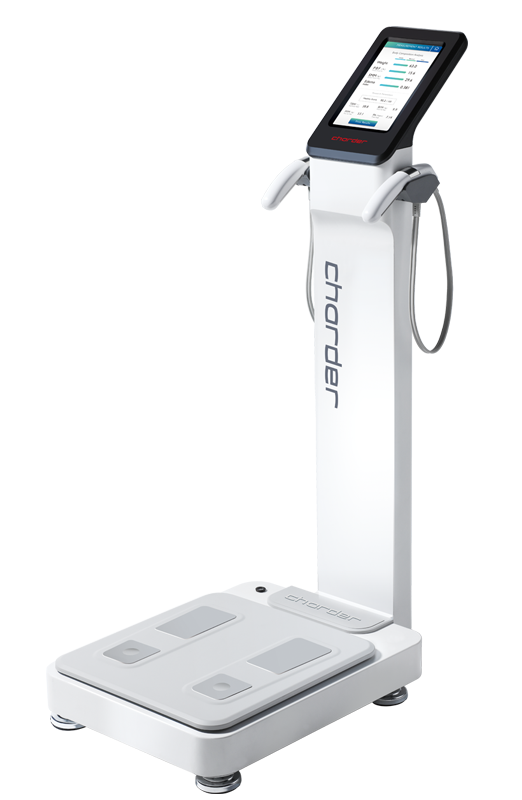
A new generation of detailed measurements
Easy-to-operate
Featuring intuitive touchscreen interface and voice guidance throughout the measurement process, minimal training is needed to operate Charder's professional devices safely and correctly. Complete an advanced scan in less than a minute, receiving clinically validated results you can trust.
Non-invasive and safe Bioelectrical Impedance Analysis
Through Bioelectrical Impedance Analysis (BIA), our devices send a safe, alternating current through the body using the tactile points on the machine. Through advanced algorithms analyzing the resistance to the electric flow, we can provide outputs for muscle, fat, water, cellular health, metabolism, and much more!
Clinically validated results
It's not just about how many results you can get, but if you can trust in them. Charder's years of research in the field of Bioelectrical Impedance Analysis include utilization of Artificial Neural Networks, with algorithms formulated and validated using gold standards such as Computed Tomography and Dual X-ray Absorptiometry for reproducible results.










